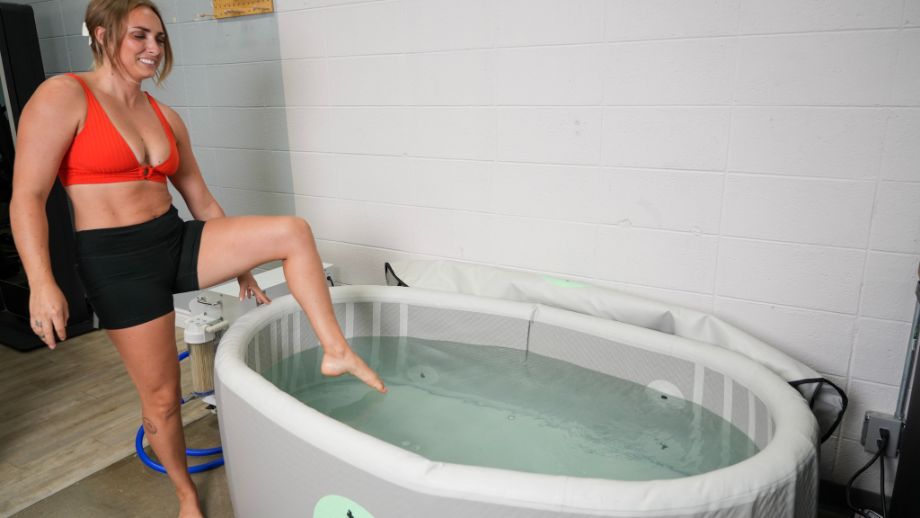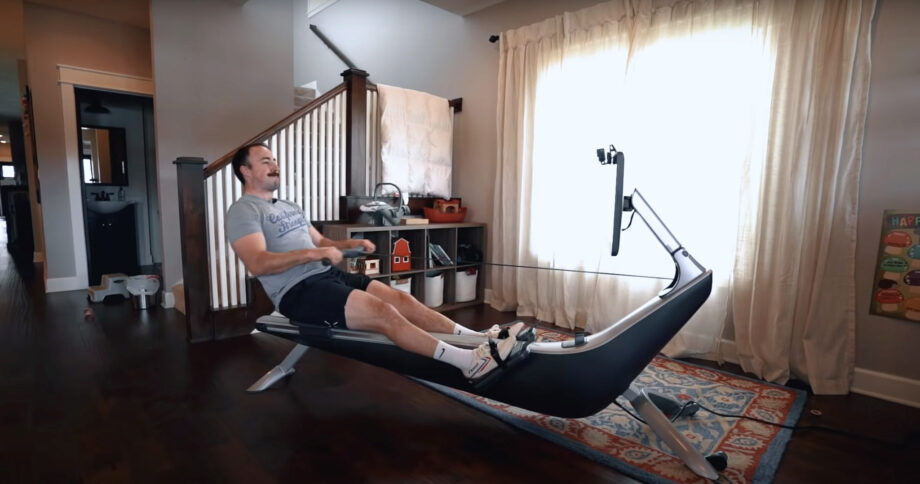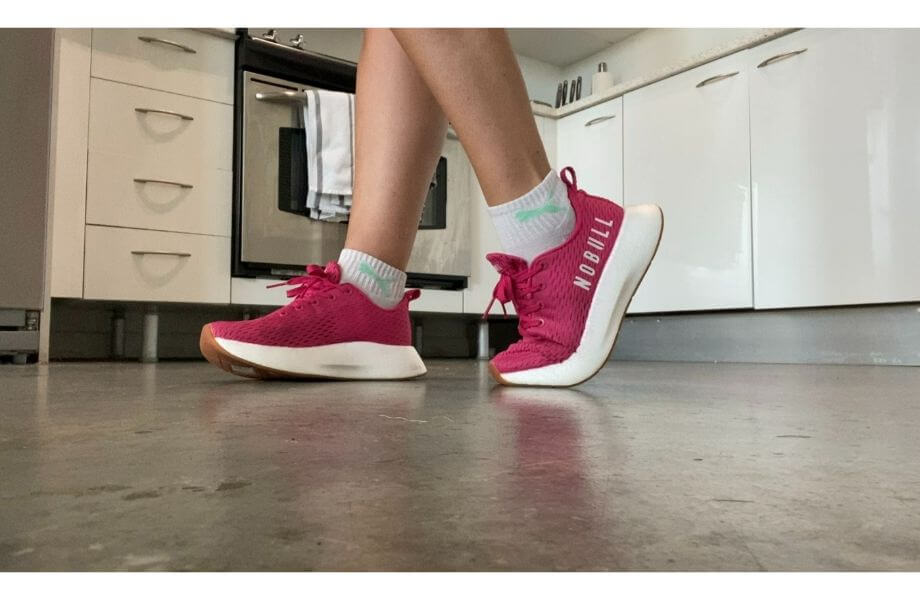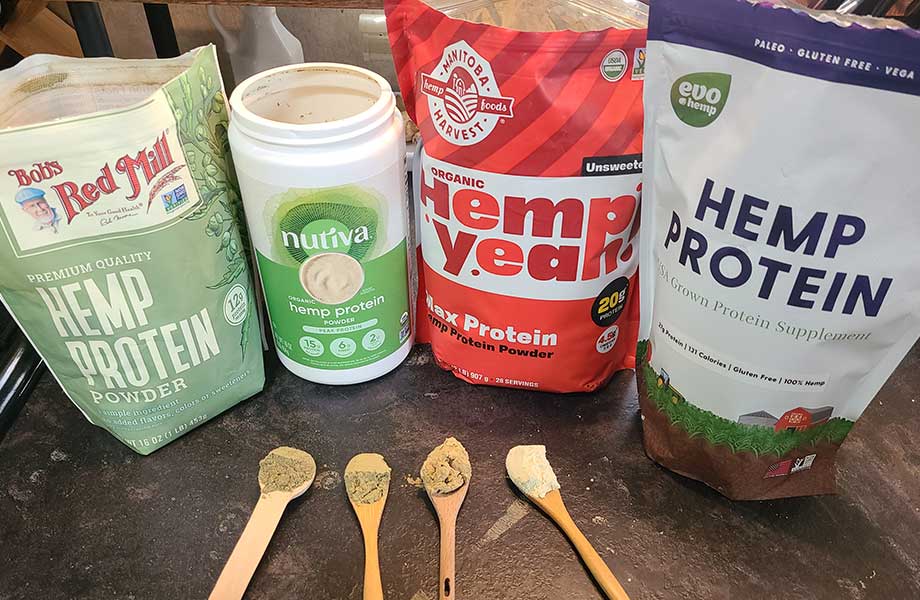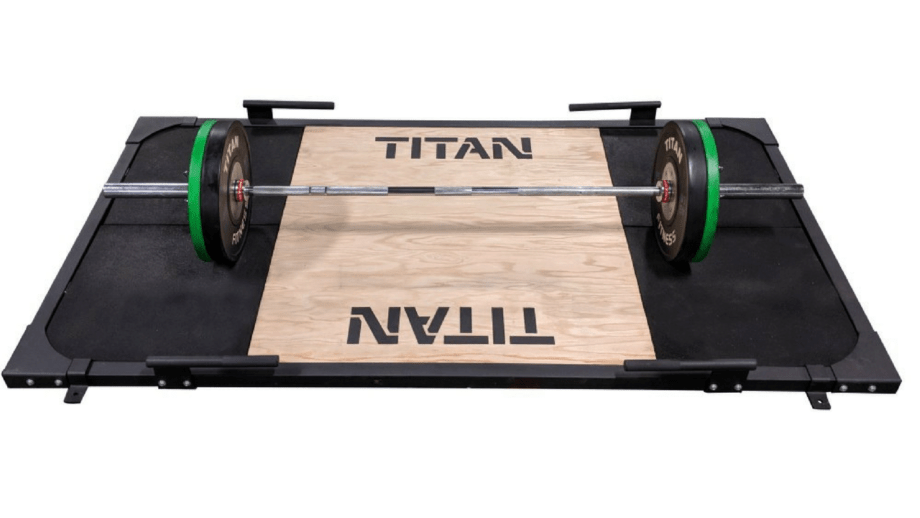Cold plunges and general cold water therapy have gained a lot of traction in the strength and conditioning community for good reason: there are plenty of potential benefits to voluntary cold exposure.
That said, questions do remain: Is it best to cold plunge before or after workouts? Is it the best form of active recovery? How does it compare to some of the best muscle recovery tools on the market?
The truth is, the answers are not that simple. Because there are quite a few nuances on this topic, I sat down with Dr. Michael Masi, DPT, SCS, CSCS, CISSN, USAW-1, and founder of Masi Fitness, to discuss cold plunge timing and debunk cold exposure myths.
It’s also worth noting that cold plunges are just one type of cold water therapy. Other methods include cryotherapy, ice baths, cold showers, and cold water swimming.
Medical disclaimer: This article is intended for educational and informational purposes only. It is not intended as a substitute for medical advice. For health advice, contact a licensed healthcare provider.
What Is a Cold Plunge?
A cold plunge sounds pretty much exactly like what it is—plunging your body into cold water. Using a bathtub, a DIY setup, or one of the best cold plunge tubs (with a chiller for temperature regulation), you immerse your entire body, usually up to your chest or neck, into cold water.

Cold plunges usually range from 39 to 56 degrees Fahrenheit, but can be colder for folks with a higher cold immersion tolerance.
RELATED: Renu Therapy Cold Stoic Review
“Cold water immersion is typically just a few minutes at a time, but the stimulus creates a physiological response and, in turn, results in potential health benefits,” says Dr. Michael Masi, DPT, SCS, CSCS, CISSN, USAW-1.
A 2022 review published by the International Journal of Circumpolar Health1 discusses the four main physiological responses that occur during cold water therapy:
- Thermoregulation: This is your body’s natural response to regulating your internal temperature by increasing blood flow to vital organs via blood vessel dilation while blood flow to the skin actually constricts.
- Shivering thermogenesis: If your nervous system can’t regulate via thermoregulation, you’ll start to shiver as a natural response to help increase your core body temperature.
- Non-shivering thermogenesis: This response can increase blood flow to brown adipose tissue (BAT), potentially reducing brown fat and body fat to support overall weight loss.
- Cold shock: If you’re exposed to cold water for too long (or the water is too cold for your tolerance), your core temperature may drop too low, which can cause a rapid increase in your breathing, heart rate, and blood pressure. This can sometimes lead to uncontrollable hyperventilation or hypertension.
When to Do a Cold Plunge
Now that we’ve covered the physiological adaptations to cold-water exposure, let’s address the question of cold plunges and timing: pre- or post-workout?
Most studies we found examine the effects of cold water therapy after training as part of recovery from intense workouts. In general, that’s the recommendation from many health professionals.
However, Dr. Michael Masi, DPT, suggests that cold plunges should be timed away from your exercise routine, and recommends avoiding going directly from a workout to your cold plunge.
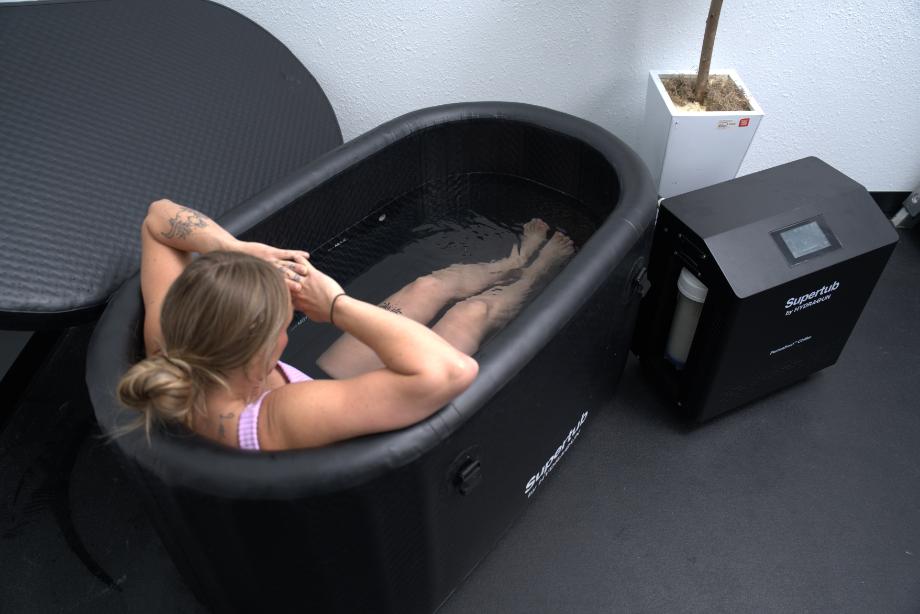
“Cold water immersion can help with recovery because it reduces the inflammation from working out and can give you the feeling of reduced soreness,” says Dr. Masi.
“In reality, inflammation is a natural response to working out, and we want that to aid muscle growth and the response for increased muscle mass. If we were to plunge after workouts consistently, we are potentially stunting our body’s natural response to muscle growth,” he explains.
He goes on to say that for high-level athletes, cold plunges may be necessary to help reduce the perception of soreness, allowing an athlete to get back to their respective sport faster. For example, a baseball player with a back-to-back game schedule may need to use cold therapy as a means to help reduce inflammation and muscle damage in an effort to be ready for the next outing.
RELATED: The Cold Plunge Review
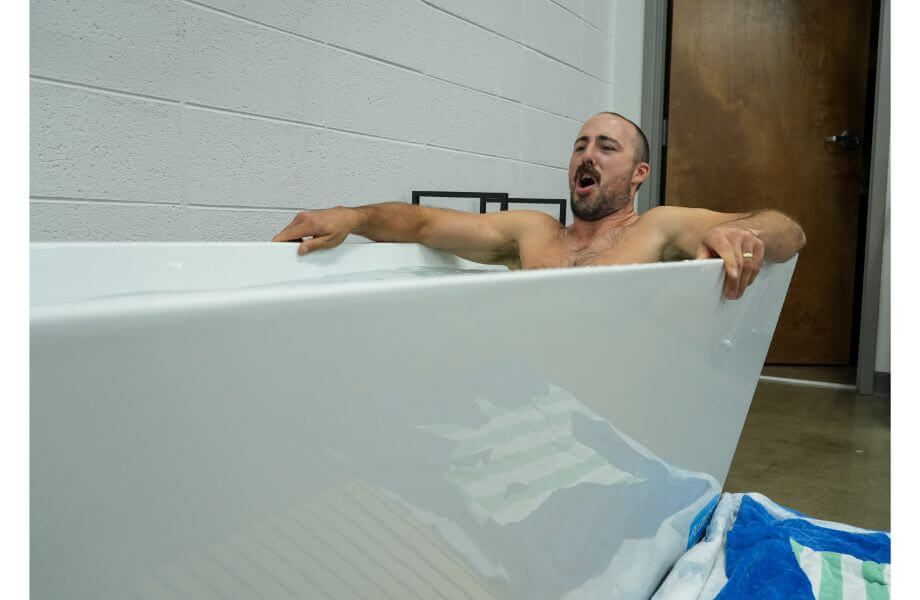
“Ice baths are much more applicable in sports rehabilitation versus a recovery method for traditional strength training sessions,” Dr. Masi adds.
While there is a lot of buzz around cold plunge benefits, studies support Dr. Masi’s claims. A 2012 randomized controlled trial published in the European Journal of Applied Physiology2 found that cold water immersion can help reduce the perception of muscle soreness, but that same study notes that results are rather unclear on actual muscle recovery.
In a 2018 review published in Frontiers in Physiology3, researchers note that massage is one of the most effective tools for reducing inflammation from workouts and delayed onset muscle soreness (DOMS). The same review notes that perceived fatigue can be effectively managed with compression techniques or cold water immersion.
In a more recent 2022 study published by Sports Medicine4, researchers found that submerging in water with cold temperatures after high-intensity workouts was more effective in reducing muscle soreness than after eccentric workouts (like hypertrophy and bodybuilding-style training). This study supports Dr. Masi’s earlier statement that cold plunge therapy techniques may offer more benefits to athletes than the average home gym owner.
RELATED: Redwood Outdoors Yukon Tub Review
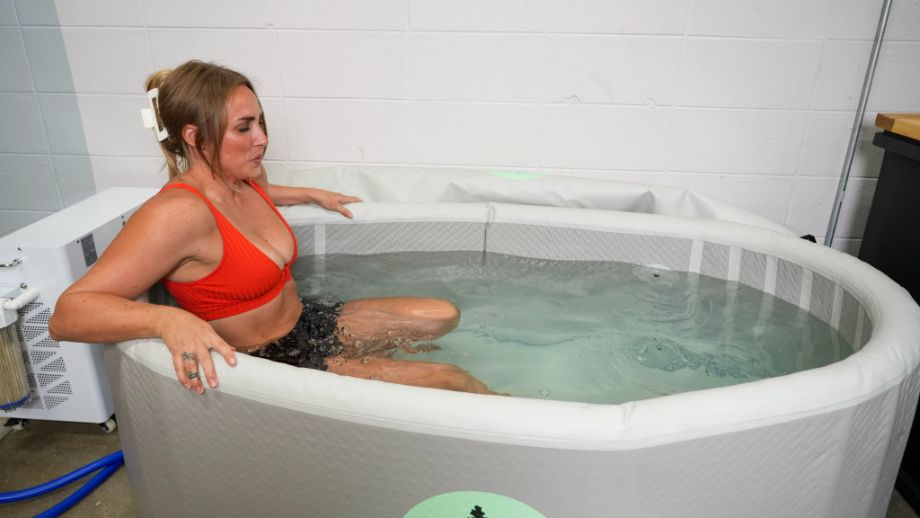
Although this is not directly related to full-body cold water immersion, I think it’s worth mentioning that Dr. Gabe Mirkin, author of the 1978 best-selling Sports Medicine Book, coined the term RICE (Rest, Ice, Compression, Elevation) for the treatment of athletic injuries. On Dr. Mirkin’s website5, he writes, “Coaches have used my ‘RICE’ guideline for decades, but now it appears that both Ice and complete Rest may delay healing, instead of helping.”
Furthermore, a 2010 study published by the Journal of Emergencies, Trauma, and Shock6 recommends proper warm-up and cool-down periods, sufficient rest, gentle stretching, a balanced diet, plenty of fluids, and massage as ways to recover from exercise in place of ice water immersion.
RELATED: Best Massage Guns
Other Benefits of Cold Plunges
When it comes to timing your cold plunges before or after workouts for recovery purposes, we just mentioned above that hypertrophy workouts may not benefit from post-workout ice baths. However, there are still benefits to dipping into cold water that don’t specifically relate to workout recovery.
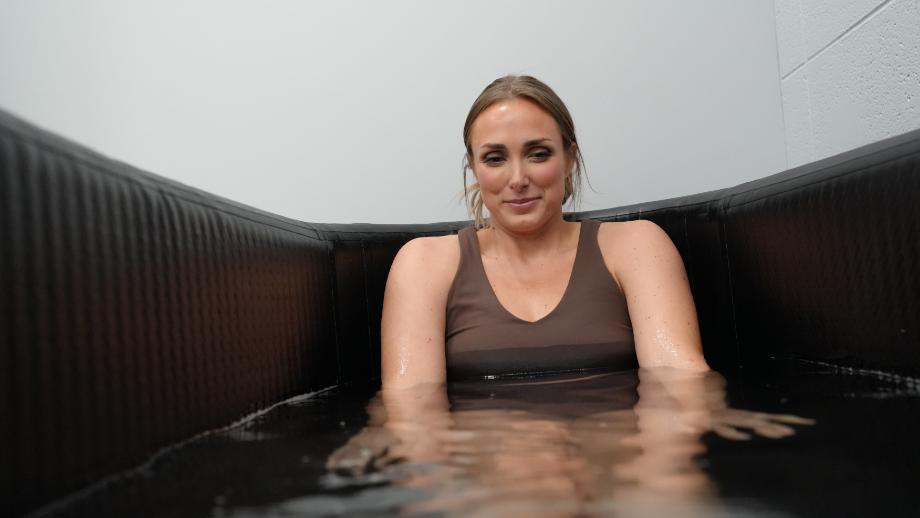
- A 2010 study from the Proceedings of the National Academy of Sciences of the United States of America7 found that the combination of cold water exposure, hyperventilation-style breathwork (like the Wim Hof Method), and meditation may activate your sympathetic nervous system, which releases norepinephrine (aka adrenaline) and may potentially help your immune system to better fight infection.
- There may be potential mental health benefits from regular cold water exposure. A 2023 BMJ Military Study8 found that cold water immersion positively impacted mental status and reduced anxiety in soldiers.
- A Biology9 study from 2019 found that there is a potential link between ice baths and increased energy levels in brown fat tissues, which may help aid weight loss, regulate glucose levels, and stabilize insulin sensitivity.
Cold Plunge Before or After Workout: Final Thoughts
When it comes to cold plunging before or after workouts, the answer is more complex than a simple yes or no.
As it turns out, cold plunges can inhibit the body’s natural recovery response to exercise. Dr. Michael Masi, DPT, SCS, CSCS, CISSN, USAW-1, suggests timing cold plunges away from exercise and possibly even waiting until non-training days or dedicated recovery blocks for your next soak.
In fact, one study6 even recommends proper cool-down, sufficient rest, gentle stretching, drinking fluids, and a well-rounded massage over cold water exposure to help with workout recovery and overall performance.
Cold Plunge Before or After Workout: FAQs
How do you prepare your body for a cold plunge?
According to Wim Hof (aka the Iceman), who created the Wim Hof Method, users should start with one-minute cold showers at the end of a warm shower to prepare their bodies for longer exposures, colder temperatures, and (eventually) full-body immersion.
How long should you cold plunge after a workout?
There are many studies supporting the idea that cold plunges are not necessarily the best method for muscle recovery and can actually stunt the body’s natural response to muscle recovery and growth.
That said, Chris Mohr, PhD, RD, recommends limiting your cold plunge sessions to between 10 and 15 minutes to avoid potential health concerns. “For those new to plunging, you should first fill your bathtub with cold water and, if that’s not cold enough, add ice to it until it reaches a temperature of about 50 to 59 degrees Fahrenheit,” he adds. Slowly work your way up to lengthier sessions.
What not to do after a cold plunge?
In our written guide on how to cold plunge, we outline the steps you should take before, during, and after plunging. Although it may be tempting to turn on the shower to a warm water setting, it’s important to allow your body to warm up naturally, although you can wrap yourself in a towel to warm up a bit quicker.
What are the best times to cold plunge?
You’ll find different answers to this question depending on where you look. Some publications suggest cold plunging in the morning for an energy boost, while others can recommend cold plunging at night for better sleep. You’ll also see “post-workout” as an optimal time to plunge, but asDr. Michael Masi, DPT, states above, this isn’t always the case and needs more research. With so much contradictory information, it’s hard to pinpoint a definitive time as the best.
References
- Esperland D, de Weerd L, Mercer JB. Health effects of voluntary exposure to cold water – a continuing subject of debate. Int J Circumpolar Health. 2022;81(1):2111789. doi:10.1080/22423982.2022.2111789
- Stanley J, Buchheit M, Peake JM. The effect of post-exercise hydrotherapy on subsequent exercise performance and heart rate variability. Eur J Appl Physiol. 2012;112(3):951-961. doi:10.1007/s00421-011-2052-7
- Dupuy O, Douzi W, Theurot D, Bosquet L, Dugué B. An Evidence-Based Approach for Choosing Post-exercise Recovery Techniques to Reduce Markers of Muscle Damage, Soreness, Fatigue, and Inflammation: A Systematic Review With Meta-Analysis. Front Physiol. 2018;9:403. Published 2018 Apr 26. doi:10.3389/fphys.2018.00403
- Moore, E., Fuller, J.T., Buckley, J.D. et al. Impact of Cold-Water Immersion Compared with Passive Recovery Following a Single Bout of Strenuous Exercise on Athletic Performance in Physically Active Participants: A Systematic Review with Meta-analysis and Meta-regression. Sports Med 52, 1667–1688 (2022). https://doi.org/10.1007/s40279-022-01644-9
- Mirkin, G. Why Ice Delays Recovery. 2021 May 9.
- Lateef F. Post exercise ice water immersion: Is it a form of active recovery?. J Emerg Trauma Shock. 2010;3(3):302. doi:10.4103/0974-2700.66570
- Kox M, van Eijk LT, Zwaag J, et al. Voluntary activation of the sympathetic nervous system and attenuation of the innate immune response in humans. Proc Natl Acad Sci U S A. 2014;111(20):7379-7384. doi:10.1073/pnas.1322174111
- Néma J, Zdara J, Lašák P, et al. Impact of cold exposure on life satisfaction and physical composition of soldiers [published online ahead of print, 2023 Jan 4]. BMJ Mil Health. 2023;e002237. doi:10.1136/military-2022-002237
- Peres Valgas da Silva C, Hernández-Saavedra D, White JD, Stanford KI. Cold and Exercise: Therapeutic Tools to Activate Brown Adipose Tissue and Combat Obesity. Biology (Basel). 2019;8(1):9. Published 2019 Feb 12. doi:10.3390/biology8010009






